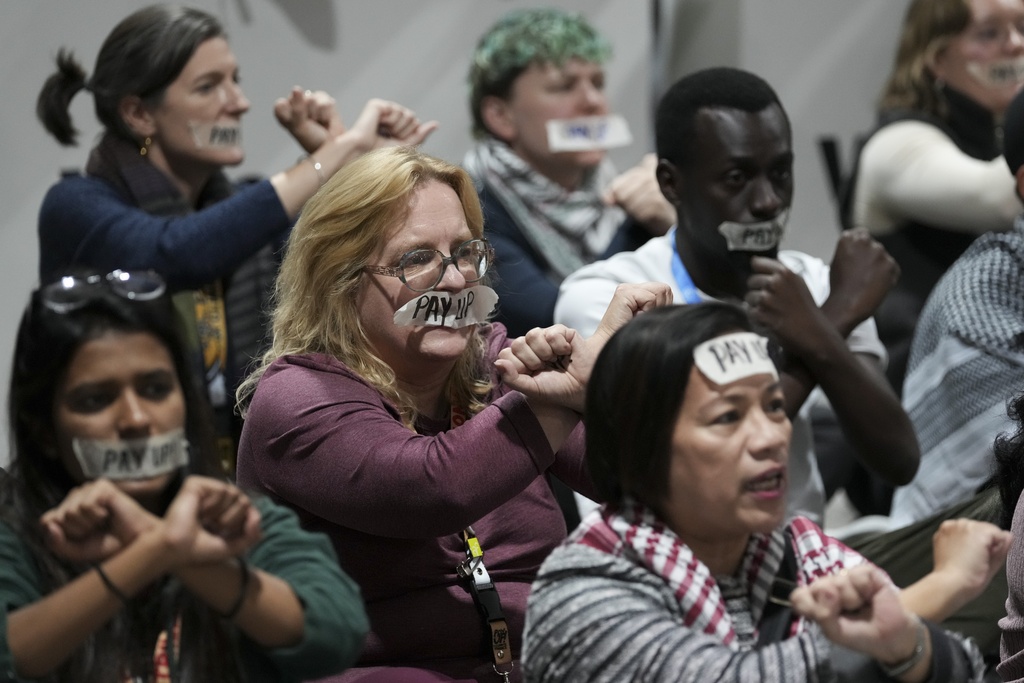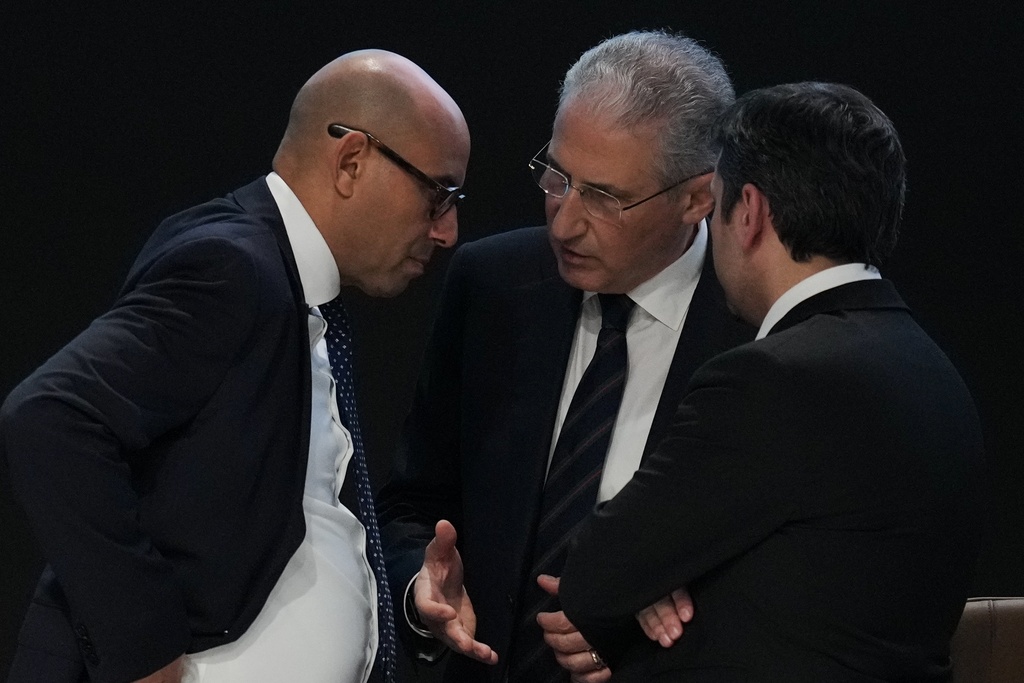$300 Billion Climate Deal Reached at U.N. Talks \ Newslooks \ Washington DC \ Mary Sidiqi \ Evening Edition \ A landmark $300 billion annual climate fund was agreed upon at UN climate talks, aimed at helping developing nations tackle climate change by transitioning from fossil fuels, adapting to global warming, and addressing climate-related damages. While falling short of the $1.3 trillion requested, the deal represents significant progress. Controversial carbon trading markets were also approved, signaling the need for further negotiations at next year’s climate summit in Belém, Brazil.

Nations Agree on $300 Billion Climate Fund: Quick Looks
- Landmark Deal: Nations agreed to provide $300 billion annually to developing countries for climate action.
- Funding Goals: Support will help nations phase out fossil fuels, adapt to climate change, and manage damages.
- Shortfall Highlighted: The fund falls short of the $1.3 trillion requested but triples the outgoing $100 billion pledge.
- Carbon Markets Controversy: New rules for trading carbon credits drew sharp criticism for potential misuse.
- Future Outlook: With additional funding sources and new climate targets due, next year’s talks in Brazil will be crucial.
Deep Look
A Lifeline for Developing Nations
The $300 billion annual fund is aimed at helping poorer countries tackle climate change on three fronts:
- Transitioning from Fossil Fuels: Assisting nations in shifting their economies from coal, oil, and natural gas to cleaner energy sources.
- Climate Adaptation: Helping communities prepare for and mitigate the effects of rising temperatures, sea-level rise, and extreme weather.
- Addressing Loss and Damage: Providing financial support to rebuild and recover after climate-related disasters.
The new fund replaces the outgoing $100 billion annual pledge made in 2009, which many argued was insufficient to meet the scale of the climate crisis. While the $300 billion falls short of the $1.3 trillion requested by developing nations, it marks significant progress.
Private and Public Funding
One of the central debates at the summit was the source of the $300 billion. Wealthier nations advocated for mobilizing private investment and loans to supplement public funds, while poorer countries emphasized the need for grants to avoid exacerbating their existing debt burdens.
“The last thing we want is for climate finance to push us deeper into debt,” said a representative of the Alliance of Small Island States.
The deal encourages multilateral development banks and private investors to contribute to the fund. However, many worry that the reliance on loans could undermine progress by increasing financial pressures on vulnerable nations.
Progress Amid Frustrations
“While we’re pleased with the increase, this is still far from what we need to truly address the climate crisis,” said Fiji delegation chief Biman Prasad.
Prasad emphasized the importance of building on this foundation: “We’re committed to an agreement that works, even if it’s not perfect.”
Carbon Markets and Article 6
The agreement also finalized rules for carbon trading under Article 6 of the Paris Agreement. This system allows nations to trade carbon credits, theoretically enabling collaboration in reducing emissions. Advocates claim the market could generate up to $250 billion annually in additional climate financing.
However, critics have highlighted potential loopholes in the system.
Despite these criticisms, proponents argue that well-regulated carbon markets could incentivize innovation and collaboration in reducing emissions.
Gaps on Fossil Fuel Phase-Out
Last year’s climate talks in Dubai made headlines for including language calling for a global transition away from coal, oil, and natural gas. This year’s agreement referenced the Dubai deal but failed to reiterate that call explicitly, a move that disappointed many environmental advocates.
“The lack of a clear commitment to phasing out fossil fuels is a missed opportunity,” said An Lambrechts of Greenpeace.
The Role of the Paris Agreement
“The finance agreement is not just about money; it’s about driving more ambitious climate action,” Prasad said.
Looking Ahead to Brazil
The conclusion of this year’s talks sets the stage for next year’s summit in Belém, Brazil. Key issues, including stricter rules for carbon markets, larger financial commitments, and a clearer path for phasing out fossil fuels, are expected to dominate discussions.
“This deal gives us a start, but we need much more,” said Dasgupta. “Brazil will be critical in defining the next chapter of climate action.”







